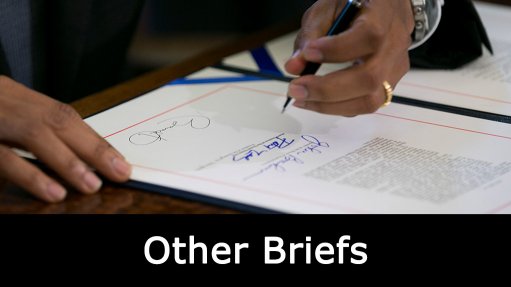
In our increasingly hyper-connected world, seemingly unrelated events can have a profound impact on a business and professional career. It is crucial for professionals to stay informed and one such aspect to consider is copyright in South African law and how it applies to consulting engineers, designers, architects and the like.
According to Legal Risk Advisor, Samantha Baleson of Aon South Africa, copyright law in South Africa is governed by the Copyright Act, 98 of 1978. “The Act provides protection against the unauthorised copying or reproduction of certain ‘works’. Infringements of Intellectual Property (IP) or copyright are also dealt with in the Act and the main remedies which can be sought to obtain relief are an interdict and an award for damages,” says Samantha.
Where does the copyright vest?
“Copyright generally vests in the author of work except where the work is made by the author in the course of his/her employment, in which case the employer is usually the owner in terms of the contract of employment. For this reason, copyright vests in the professional practice or firm and not in the actual employee who created the document or drawing,” Samantha explains.
“A client may use the copyright or intellectual property for the sole purpose of a project for which they have remunerated the service provider that created same. Ownership of the IP, however, still vests in the service provider, unless the agreement with the client stipulates otherwise,” she adds.
The work, designs or presentations of built environment professionals such as consulting engineers, designers and architects often include design viewpoints and draft designs. “Although a client may be entitled to the use of copyright on the project for which they remunerate the professional, certain clients may attempt to use such principles and designs improperly to their own advantage while they undertake the work themselves and/or re-invite tenders based on these ideas of the professional,” Samantha poses a scenario.
A practical example
An architect and engineer put together the designs for a residential complex. The client and/or developer pay for the designs on that specific project and are entitled to the use of intellectual property for that specific project. The client then uses said designs for various other complexes without purchasing the copyright or intellectual property from the professionals. The problem is twofold:
- The professional is at risk of being sued in terms of his/her designs for projects he /she wasn’t even aware of;
- The professional is not remunerated for the use of his/her intellectual property.